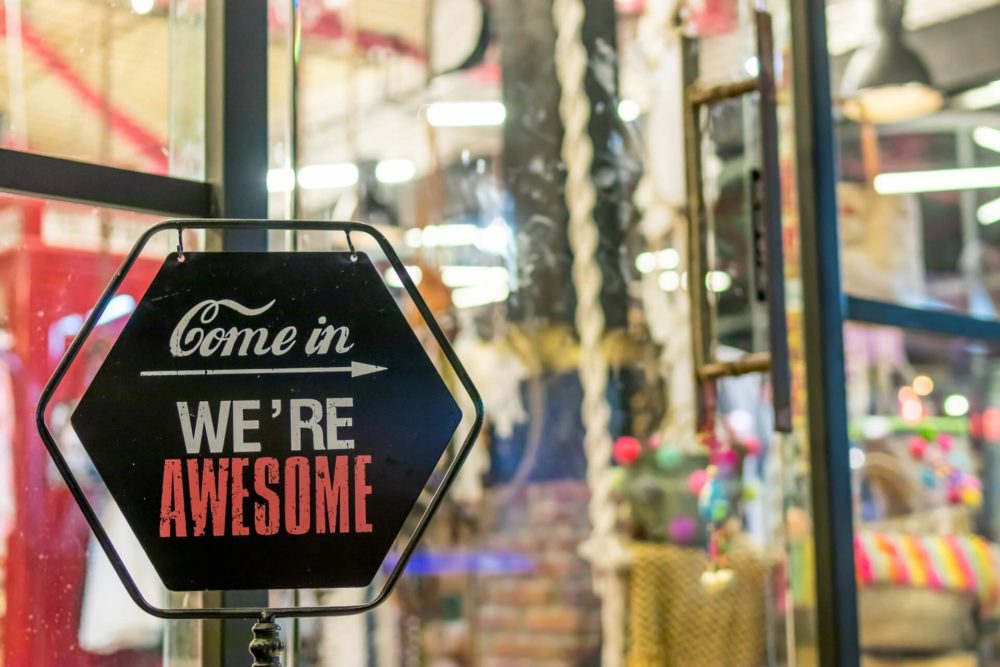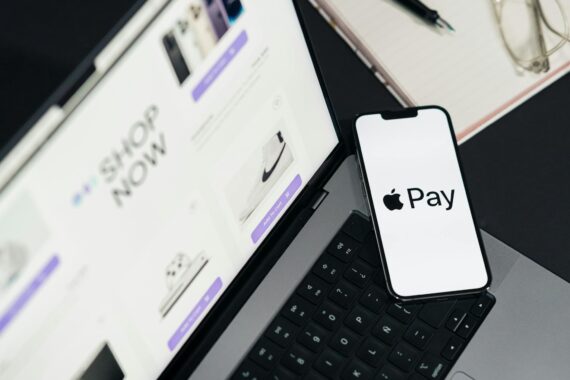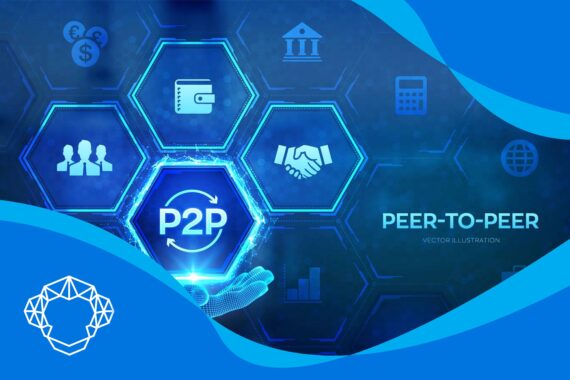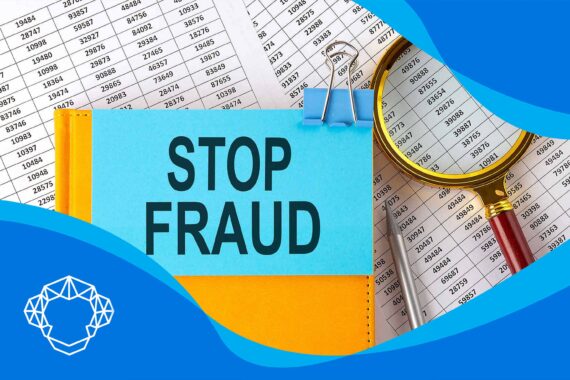Merchants today know that the most common payment methods are credit and debit cards; people rely on money less and less, and more on cashless options. So why do companies offer a cash discount? There’s a variety of reasons behind this business decision, and most benefit both the customer and the merchant.

Almost 90% of customers named price as a primary factor influencing their purchasing decisions, while around 80% named quality. However, the credit card processing companies that work with merchants have their own fees calculated with every transaction, and these can add up. The definition of a markdown is when merchants reduce prices, and the products or services are being sold at a price lower than the regular. Offering a markdown for people who choose not to use plastic for paying can bring you benefits and has several advantages. You can avoid various costs that come with using cashless options and attract both old and new customers, which can be the main difference between sales and no sales.
Understanding the Concept: Why Do Companies Give Discounts
So, why do companies offer a cash discount, you wonder? As merchants who have implemented credit card processing services, you are probably very well aware of average card processing fees that can amass and make a part of your margin go to the merchant processing company. Reasons to provide buyers with a markdown include:
The purpose of a cash discount is to eliminate those processor fees for your enterprise, which can be up to as much as 4% in lost revenue every time buyers swipe a card. Also, if a small business wants to differentiate itself from big companies, they can offer markdowns for customers paying with paper money.
When you build the cost of merchant services for credit card processing into the listed price, you can freely provide these deductions to motivate buyers into deciding to use paper money. And it helps both your enterprise and your buyers, from increased revenue to a better reputation. Your buyers will more likely become regulars, and markdowns are perhaps that one thing your enterprise is missing to succeed.
Benefits of a Cash Discount for a New Business
Consider a store that is just starting, but is giving a 5% markdown for customers who pay with paper money, instead of using eCommerce payment options or any other card processing for small enterprises. It may seem at first that the store might lose money on these terms, but it’s saving a lot by avoiding the costs associated with interchange, flat, and all the other card convenience fees and various administrative costs. This way, young professionals and startups can use infusions of banknotes to help their enterprises grow faster, and it’s one of those small enterprise ideas that are good to know.
This Will Attract Customers Hunting for Bargains
Let’s face it – people prefer bargains and buying things on sale. Advertise if you only want the markdown to last for a couple of days, and buyers will rush in to take the best advantage of it. More traffic means more transactions and overall increased sales. With this kind of traffic, you have more chances to sell other products and services, because most people will take a look at everything else you have to offer while hunting for markdowns.

Is It Illegal to Offer a Cash Discount?
The benefits of using cash are many, and offering cash discounts is a perfectly legal solution for an enterprise. Although it’s not convenient when you have started a dropshipping business, as this type of business is based on eCommerce, it is a great way to get new shoppers to start coming into your physical store.
However, it may seem that a surcharge can be a good option, too. Seeing how much of your revenue goes into different costs like acquirer processor fee, something called a PCI compliance fee, and into debit card fees, but also the Visa access fee, a business owner may feel tempted to calculate those fees into the price and charge extra when a customer uses a card. However, surcharges are illegal in many states, while offering markdowns is legal in all of them.

An Example of Discounts
An example of something described as a markdown of prices can be a shirt sold for 40% off its former price, or a store that has a focus on selling designer items at prices below those on the market. By providing buyers with this option, the merchant allows themselves to access the money sooner and put it back into the business.
Accounting for a Markdown
You’re probably wondering how to record a purchase that includes a markdown. When accounting for discounts, you should debit the cash account for the amount paid, debit the markdown expense account for the amount of the markdown, and credit the receivable account for the full amount of the transaction being paid. For an example of accounting a markdown, if the buyer is paying $95 on a $100 invoice, with the $5 difference being a discount for paying with actual money, record a debit of $95 to the cash account, $5 to the transaction markdown expense account, and a credit of $100 to the accounts receivable account. You can see an explanation of how the markdown is calculated, in the video below.
Meet Revenue Goals and Free up Space for New Products
What comes with running different types of businesses are monthly, quarterly, or yearly financial goals. If an enterprise has trouble meeting those goals, markdowns can help it not only meet them but even surpass them. It also helps make room by selling items you don’t plan to sell in the store anymore when you put discounts on them. Just make sure you catch the buyers’ attention by moving these products to the front and advertise them to make them your bestsellers.
Beat the Competition: Not Literally, but Financially
There is more and more competition in the ever-growing market, and buyers have so many options to choose from. Standing out from the crowd can mean a lot for an enterprise, and offering the buyers a choice to save on money can mean a difference between having sales and not. This just might be the edge your enterprise needs, and it’s also a way to gain some loyal buyers.
The Cash Conversion Cycle
The CCC is a metric that measures the time, expressed in days, it takes for a company to convert the investments in inventory and other resources into money flow from transactions. If you as a merchant use markdowns the right way, it can improve your CCC. It includes how much time is needed to sell the inventory, collect chargeables, and the length of a company’s bill payment frame before it begins to incur penalties. Receiving money from markdowns can help the enterprise be more effective and shorten the number of days needed to convert its resources into money flow.

Help Increase Your Business’s Reputation by Offering Discounts
Businesses are mostly viewed as greedy and money-hungry with a lack of empathy. Improving an enterprise’s reputation is possible by organizing sales if you target certain groups of buyers. It could be military employees or the elderly. If your enterprise gives discounts to people who are in need and have financial trouble, you will show that you’re making an effort to help people.
You Can Save Money by Charging Less
The most successful small businesses know very well how card processing works. But, however improbable it may sound, by offering markdown sales, you can be saving money by avoiding all those card transaction fees. It can also serve the purpose of rewarding the buyers, increasing the money flow, and lowering the inventory costs.
Stay Away from Chargebacks
Using card processing services comes with different fees, like those for card fraud prevention and many others that can be defined by your processor, or the issuing bank or entity, as well as the acquiring bank. But with every purchase, there’s a risk of a chargeback. They occur whenever a customer thinks there’s something wrong with their bank statement or receipt, and you as a merchant will have to go through every entity involved to settle it down with the customer. Additional costs are a part of chargebacks, and they are involved with card payment. So by encouraging buyers to use paper money, you avoid the risk of chargebacks.

Are There Any Downsides?
However it may sound, dealing with paper money doesn’t come free of any charge, as it costs to put it into the bank. Small businesses that accept paper money are often at risk from theft and burglary, even from their employees. Also, some studies claim that people tend to spend more when using cards to make a purchase. How well and successfully accepted your markdowns are can even depend on your location. If the buyers in that certain area are accustomed to such markdowns, they may even expect it from you. But, if they are more accustomed to using plastic when purchasing, you may receive complaints. Though it may be tempting to become a cash-only enterprise, that would be one of those mistakes enterprise owners make. Even if you’d be avoiding all those costs that come with card processing, remember that buyers love to have options for making a purchase.

Now You Know: Why Do Companies Offer a Cash Discount?
Paper money isn’t actually paper, especially US money which is 75% cotton and 25% linen, and it probably won’t be out of use any time soon. The two facilities of the Bureau of Engraving and Printing together spend about 9.7 tons of ink – per day, to print new banknotes, and it reflects on the ever-growing market, where the buyers desire to buy more products, as well as services, and to spend more. But even when you’re on the same page with modern and improved banking technologies, money will be around and used for much longer because of all these advantages of using cash.







